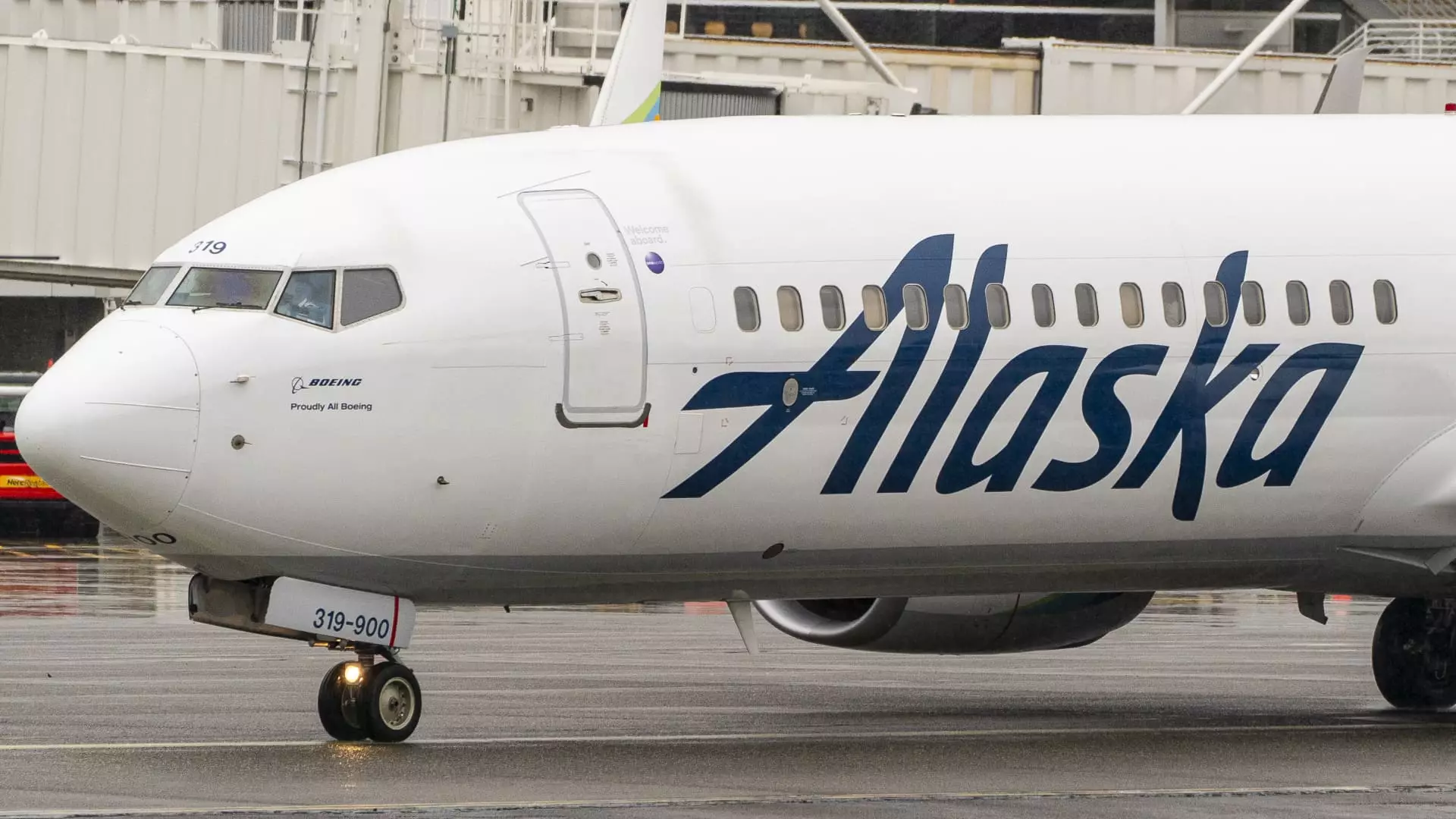Alaska Airlines flight attendants have made the bold decision to reject a new labor deal that would have provided substantial raises. The proposed deal included an immediate average raise of over 24%, with additional benefits such as boarding pay and back pay. This rejection has set the stage for further negotiations between the union and the company, particularly as a merger with Hawaiian Airlines looms on the horizon.
Despite the tentative agreement reached back in June, the flight attendants’ union has emphasized that there is still more work to be done. The union plans to survey its members to identify key issues that need to be addressed before returning to the negotiation table. This demonstrates a commitment to ensuring that any future agreement truly reflects the importance of flight attendants and contributes to Alaska Airlines’ long-term success.
The push for higher pay and improved working conditions among airline workers is not unique to Alaska Airlines. In the wake of the Covid-19 pandemic, many industry professionals have halted negotiations to focus on more pressing issues. Salaries and fuel costs represent significant expenses for airlines, making labor agreements a critical aspect of their financial planning. While pilots at major carriers have successfully secured new contracts in recent years, other employee groups, such as flight attendants, continue to advocate for better compensation.
American Airlines and United Airlines serve as notable examples of how negotiations have unfolded in the industry. American Airlines recently reached a deal with its flight attendants union, with members currently voting on its ratification. On the other hand, United Airlines is still in the process of negotiating a new contract with its own flight attendants’ union. These contrasting situations highlight the varying timelines and outcomes of labor discussions within the airline sector.
The decision by Alaska Airlines flight attendants to turn down the proposed labor deal signifies a pivotal moment in the ongoing negotiations between the union and the company. As both parties prepare to engage in further talks, the importance of addressing key issues and ensuring a fair agreement cannot be overstated. With the backdrop of industry-wide efforts to enhance worker compensation and conditions, this rejection sheds light on the complexities of labor relations in the airline industry.

